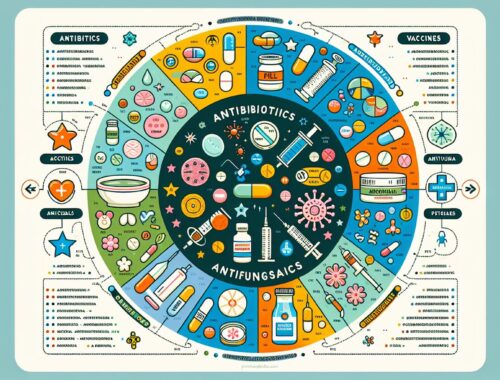Introduction to AI in Dermatopathology
Artificial Intelligence (AI) is becoming more and more commonplace in many aspects of healthcare, including dermatology. The potential applications of AI in dermatopathology are far-reaching, ranging from aiding rapid diagnoses, managing tumors, and tracking disease exacerbations. This article examines how AI is transforming dermatopathology and improving the accuracy of diagnoses.
What is Dermatopathology?
Dermatopathology is a branch of medicine and pathology that focuses on the diagnosis of skin diseases. It studies the causes and prognoses of a variety of skin disorders and can include examination of cellular material, biopsy specimens, using imaging techniques, and the like. While this field can be challenging due to its complexity, the advent of artificial intelligence (AI) promises to revolutionize dermatopathology’s potential and provide more accurate diagnoses of skin diseases.
The Benefits of Using AI in Dermatopathology
AI has the potential to revolutionize dermatopathology in several ways. At present, humans are limited in the amount of data they can process, analyse, and accurately diagnose, but AI can process an enormous amount of data quickly and accurately.
AI will also provide a faster access to diagnosis and treatment. In the majority of cases, AI can quickly and accurately identify different types of skin lesions and accurately predict the associated pathological characteristics. This can enable physicians to act faster and minimise delays in diagnosis and treatment.
AI can also aid in improving diagnostic accuracy. By using machine learning algorithms, AI can accurately detect patterns of dermato-pathological information that may be difficult for humans to identify. As it can analyse a variety of data, such as pictures, histological slides, patient history, and more, AI can identify subtle and complex patterns that humans may not be able to detect. This increases the accuracy of diagnosis.
Furthermore, AI can aid in detecting potential recurrence of skin diseases. AI can use data on past patients and medical records to accurately track the progress of skin diseases and identify the risk of recurrence. This can enable physicians to take proactive measures to reduce the risk of recurrence.
AI Applications in Dermatopathology
1. Automated Image Analysis
One of the major applications of AI in dermatopathology is automated image analysis. This application uses a combination of machine learning and image recognition algorithms to identify and classify various types of skin lesions and identify associated pathological characteristics. AI can be used to analyze images of biopsy specimens, accurately identify skin diseases, and can even detect subtle and complex patterns that are difficult for humans to identify.
2. Cancer Detection and Diagnosis
AI can also be used to detect and diagnose cancer in dermato-pathology. AI can use a combination of imaging techniques, such as digital histopathology, to accurately detect and diagnose cancer. AI-based algorithms are also able to accurately identify cancerous lesions that may be too subtle for humans to detect.
3. Disease Prediction and Tracking
AI can also be used to accurately predict and track diseases. AI-based algorithms can use data on past patients and medical records to accurately predict the progression of a particular skin disease and identify the risk of recurrence. This can enable physicians to take proactive measures to minimize the risk of recurrence and improve the prognosis for patients suffering from skin diseases.
Conclusion
The potential applications of AI in dermatopathology are far-reaching and the field is likely to continue to grow in the future. AI can be used to improve the accuracy of diagnosis, track diseases, detect cancer, and much more. As AI within dermatopathology advances, the prospects for improved patient outcomes and better management of skin diseases will only continue to increase.
You May Also Like

Exploring the Different Types of Medicines
April 19, 2024
Different Types of Medicines
January 25, 2024
